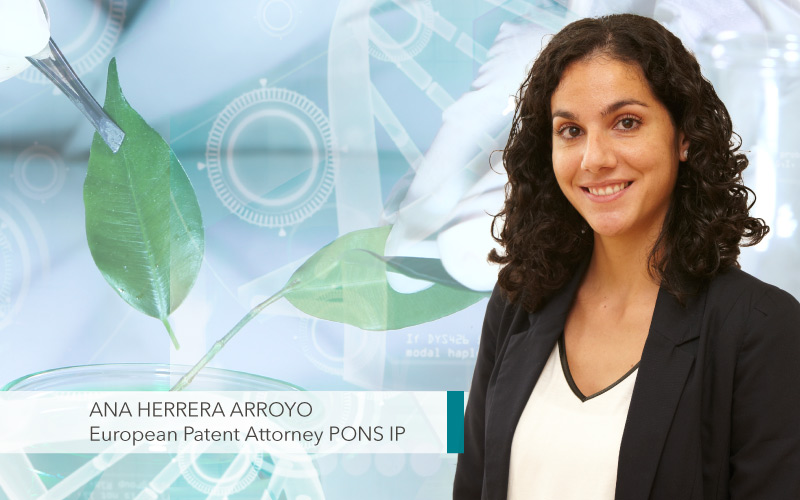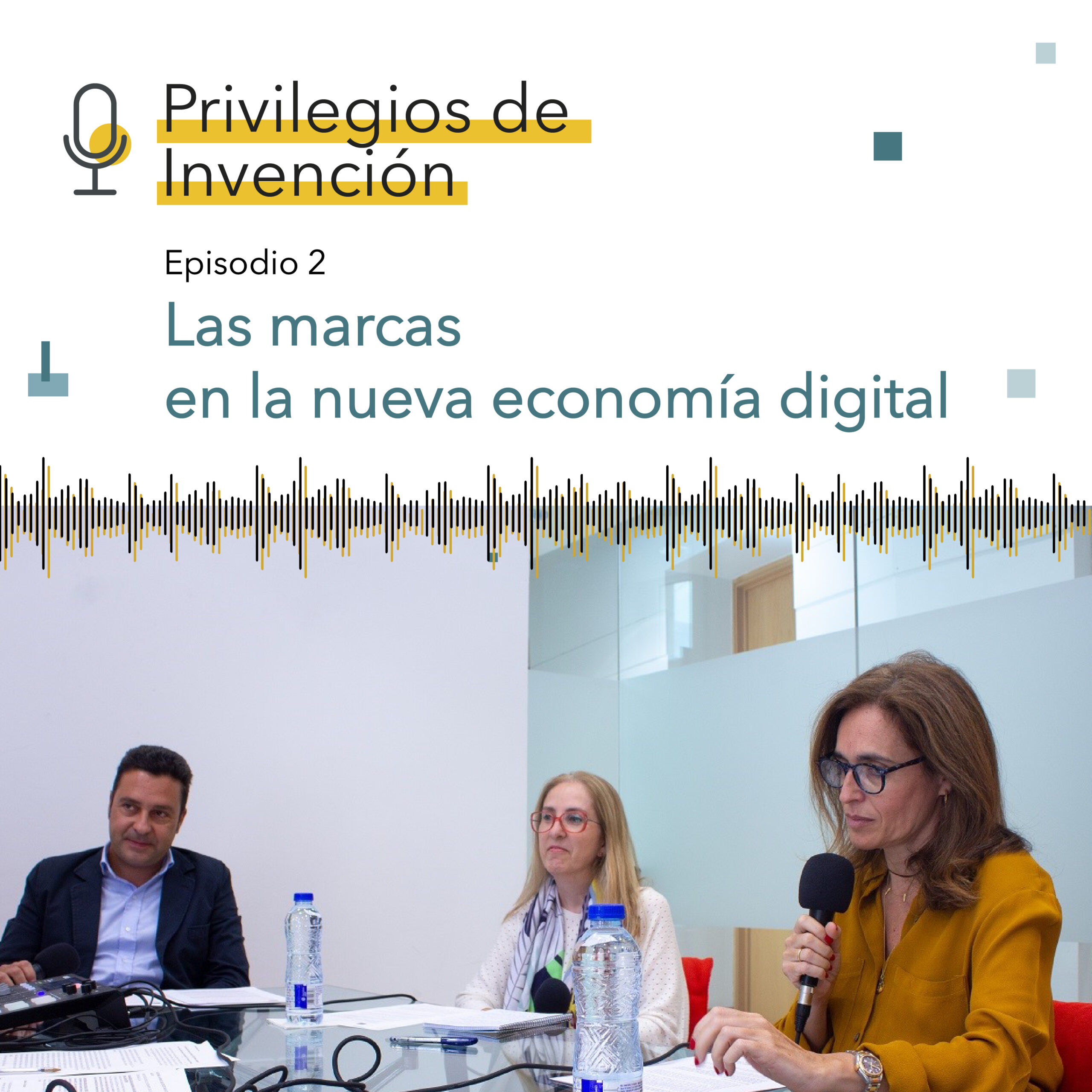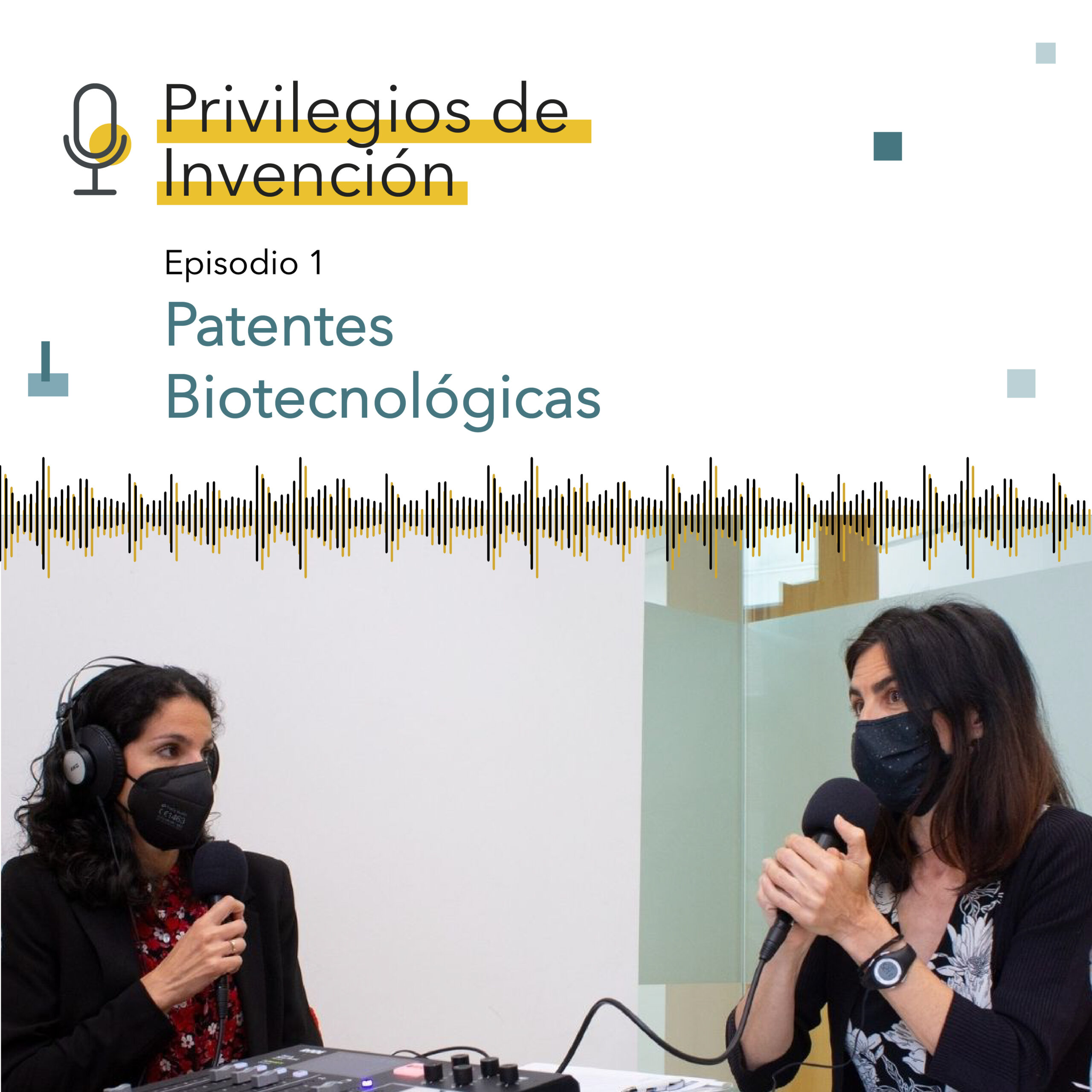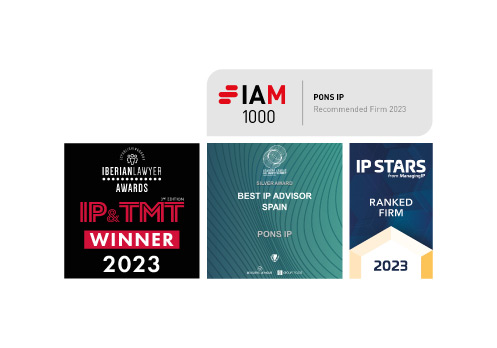Last March, the European Patent Office (EPO) published the latest revision of its Guidelines for Examination in order to include the most recent updates on the practice and procedures followed by the EPO when processing European patent applications.
In particular, this new version of the Guidelines comes with a number of relevant sections on patent applications within the biotechnology field.
On the one hand, the recent decision of the EPO Enlarged Boards of Appeal (decision G3/19) confirming the exclusion from patentability of plants and animals obtained exclusively by essentially biological processes (as stated in Rule 28(2) EPC) has been incorporated. This exclusion applies to patent applications referring to such plants or animals filed (or claiming priority) after 1 July 2017. Exclusion from patentability also extends to plant parts obtained exclusively by essentially biological processes that are propagation material, i.e., parts capable of giving rise to a complete plant, but not to related products derived from such a plant which cannot be reproduced (such as oils, sugars, flours, etc.). This puts an end to the uncertainty of previous years as to whether the exclusion from patentability of essentially biological processes for obtaining plants and animals also extended to these ‘products’ (plants and animals).
On the other hand, a section has been included to clarify the interpretation of the terms ‘identity and similarity’, which are widely used in claims of biotechnological patent applications to define amino acid and nucleotide sequences, and which had generated numerous discussions about the scope of protection they render.
In relation to what is considered a therapy, it has also been clarified that those methods aimed at alleviating a state of discomfort in a healthy, normal individual who does not suffer from a pathology associated with said discomfort shall not be considered therapy for the purposes of patentability exceptions.
Furthermore, it has been clarified that human embryonic stem cells, their uses and related products shall not be considered excluded from patentability if the patent application relating thereto has been filed (or has a priority date) on or after 5 June 2003 and the invention can be put into practice by using human oocytes activated by parthenogenesis to generate such human embryonic stem cells. It is also noted that human fetal and post-natal stem cells, culture media, support media and devices intended for use with human embryonic stem cells are not excluded from patentability.
Finally, a full in-depth section has been added on how inventions relating to antibodies can be correctly defined so as not to be objected. Thus, various ways of defining antibodies are proposed:
- – Based on its structure (for example, by its six CDRs sequences).
- – Based on the antigen it recognizes (which must be clearly defined and, if an amino acid sequence is used to describe the antigen, it must not include an open-ended language, such as ‘comprises’ or imply possible sequence variations).
- – Based on the antigen it recognizes and other functional features of the antibody (such as affinity, inhibition of a receptor, IC50, etc.).
- – By reference to its functional and structural features.
- – Based on its manufacturing process (immunisation procedure or hybridoma).
- – Based on the epitope to which it binds.
A section explaining when an antibody is considered inventive has also been added.
This section on antibodies was not really included in response to a change in EPO practice for the examination of such inventions, but to a long-standing need for clarity on how to define and examine them because, although there are many patent applications relating to antibodies, there was no specific section that provided clear guidelines on how to draft applications and how examiners should analyze antibody-related inventions until now. With the increasing number of patent applications in this particular field, the new EPO Guidelines for Examination recognize the importance and the need to regulate these aspects that examiners, applicants and agents deal with on a daily basis.
Ana Herrera Arroyo. European Patent Attorney




